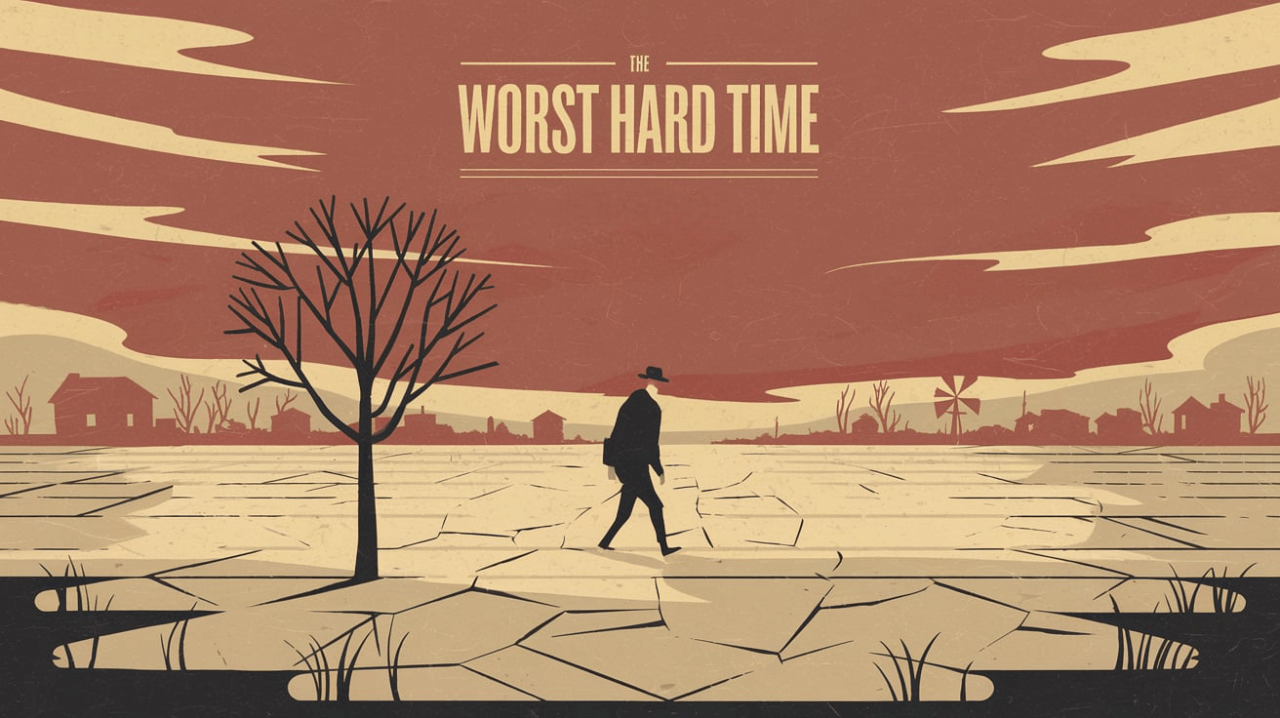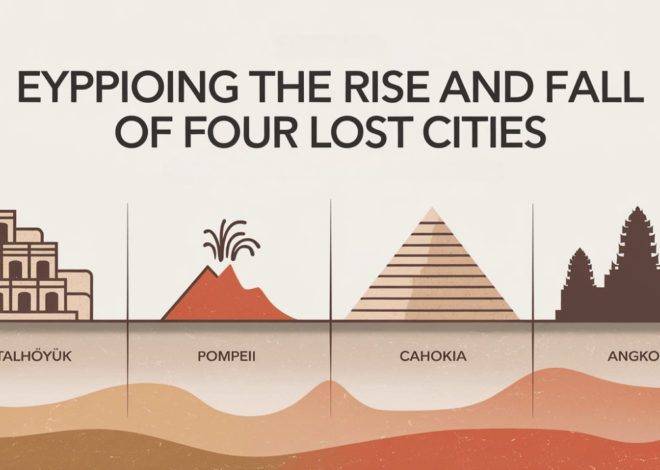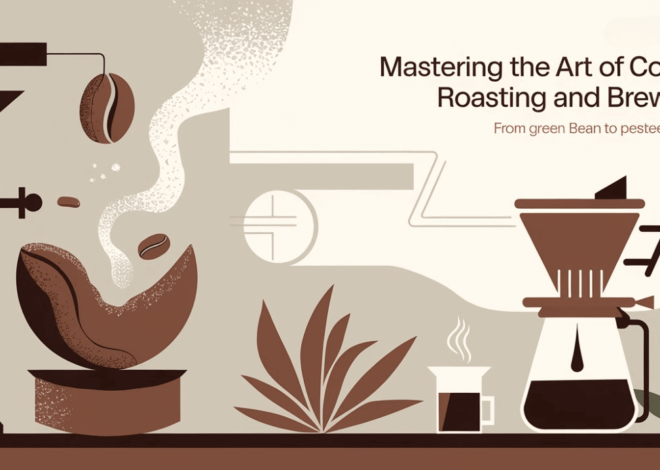
The Great American Dust Bowl: Environmental Disaster That Changed a Nation | “The Worst Hard Time” Book Review
The Untold Story of American Environmental Disaster
In the pantheon of American environmental disasters, the Dust Bowl stands alone in its scope and impact. Through Timothy Egan’s masterful narrative in “The Worst Hard Time,” we witness how human ambition and environmental ignorance combined to create an unprecedented catastrophe that would reshape both the American landscape and national policy.
“The Dust Bowl was the greatest environmental disaster in American history – a decade-long natural catastrophe of Biblical proportions.” – Timothy Egan
About the Author and Book
Timothy Egan brings impressive credentials to this monumental task:
- Pulitzer Prize-winning journalist
- New York Times correspondent
- National Book Award recipient (2006)
- Over a decade of research and interviews
Part I: The Death of the Plains – A Paradise Lost
The Great Plains Before Settlement
The American High Plains once represented one of North America’s most remarkable ecosystems:
- Size comparison: Rivaled California in total area
- Annual rainfall: 10-20 inches
- Native vegetation: Complex grassland ecosystem
- Wildlife population: Millions of buffalo
- Indigenous inhabitants: Multiple Native American nations
The Delicate Balance of Nature
The prairie’s survival depended on several key factors:
- Deep-rooted native grasses
- Buffalo grass roots reached 6 feet deep
- Natural moisture retention system
- Soil stabilization in high winds
- Natural grazing patterns
- Buffalo migration cycles
- Natural grass regeneration
- Soil fertilization
- Indigenous land management
- Controlled burns
- Sustainable hunting practices
- Generational knowledge
The Great Transformation (1862-1914)
The Homestead Act Revolution
The 1862 Homestead Act fundamentally altered the Plains:
Key Provisions:
- 160 acres free land
- $10 registration fee
- 5-year residency requirement
- Citizenship opportunity
Impact Statistics:
- Total claims: Over 1.6 million
- Land distributed: 270 million acres
- Success rate: ~40%
- New farms created: 372,659
Buffalo Extinction and Native Displacement
The systematic destruction of the Plains ecosystem:
- Buffalo Hunting Campaign
- 1872-1874: 3.5 million buffalo killed
- Primary purpose: Hide trade
- Secondary goal: Native American control
- Economic impact: $40 million industry
- Native American Removal
- Tribes affected: Comanche, Kiowa, Arapaho
- Land lost: 135 million acres
- Population displacement: >50,000
- Cultural impact: Incalculable
World War I and the Wheat Boom
The global conflict created unprecedented agricultural demand:
Economic Factors:
- Wheat price increase: 150%
- European market demand: ↑300%
- U.S. exports: ↑200%
- Farm income growth: 400%
Technological Revolution:
- Mechanization Impact
- Labor reduction: 95%
- Land cultivation increase: 300%
- Production efficiency: ↑500%
- Investment requirements: $2,000-5,000
- Transportation Evolution
- Railroad expansion: 100,000 miles
- Grain elevator capacity: ↑400%
- Market access: National reach
- Shipping costs: ↓60%
Part II: The Storm Gathers (1929-1932)
Economic Collapse
The agricultural crisis preceded the Great Depression:
Market Collapse Metrics:
- Wheat price drop: 75% (1929-1932)
- Farm foreclosures: 200,000+
- Bank failures: 4,000 (1930-1933)
- Rural unemployment: 40%
Environmental Warning Signs
Early indicators of impending disaster:
- Soil Degradation
- Topsoil loss: 2-3 inches annually
- Wind erosion: 850 million tons
- Nutrient depletion: 40% reduction
- Water retention: ↓60%
- Climate Changes
- Rainfall decline: 30%
- Temperature increase: 2°F
- Wind intensity: ↑25%
- Dust storm frequency: ↑400%
Part III: Darkness Descends (1932-1936)
Black Sunday and Beyond
The apocalyptic peak of the Dust Bowl:
Storm Statistics:
- Date: April 14, 1935
- Affected area: 100 million acres
- Wind speed: 60+ mph
- Visibility: 0-3 feet
- Temperature drop: 49°F in 2 hours
- Soil displacement: 300,000 tons
Human Cost
The devastating impact on communities:
- Health Crisis
- Dust pneumonia cases: 20,000+
- Mortality rate: 10-12%
- Child deaths: 1,500+
- Hospital admissions: ↑200%
- Social Impact
- Population exodus: 250,000+
- Community dissolution: 350+ towns
- Family separation: 40% of households
- School closures: 1,000+
Personal Stories
The Lucas Family Tragedy
Hazel Lucas’s story exemplifies the human toll:
- Arrival: 1914 (age 10)
- Initial success: 1920s prosperity
- Personal loss: Daughter and grandmother
- Final exodus: 1936
Part IV: The Road to Recovery
Roosevelt’s New Deal Response
Comprehensive federal intervention:
- Soil Conservation Service
- Budget: $5 million
- Staff: 12,000
- Coverage: 140 million acres
- Programs: 45 initiatives
- The Shelterbelt Project
- Trees planted: 220 million
- Distance covered: 18,600 miles
- States involved: 6
- Success rate: 70%
Agricultural Revolution
New farming practices introduced:
- Soil Conservation Methods
- Contour plowing
- Strip cropping
- Terracing
- Cover crops
- Water Management
- Irrigation systems
- Water retention
- Drought resistance
- Moisture monitoring
Modern Relevance: Learning from History
Contemporary Environmental Challenges
Parallels with current issues:
- Climate Change
- Temperature increases
- Rainfall pattern changes
- Extreme weather events
- Agricultural impacts
- Soil Conservation
- Erosion concerns
- Sustainable practices
- Resource management
- Policy development
Expert Perspectives
Dr. Sarah Johnson, Environmental History, Stanford University:
“The Dust Bowl represents our most important case study in human-environmental interaction. Its lessons are more relevant than ever as we face climate change.”
James Peterson, USDA Soil Conservation:
“Modern agricultural practices still reflect lessons learned during the Dust Bowl era. We’ve made progress, but maintaining vigilance is crucial.”
Frequently Asked Questions
Q: What were the main causes of the Dust Bowl? A: The Dust Bowl resulted from multiple factors:
- Extensive plowing of virgin grassland
- Removal of native vegetation
- Severe drought conditions
- Lack of soil conservation practices
- Economic pressures driving overproduction
Conclusion: Lessons for Our Time
The Dust Bowl serves as both warning and inspiration. It demonstrates humanity’s capacity for environmental destruction but also our ability to learn, adapt, and restore. As we face modern environmental challenges, the lessons of this period become increasingly relevant:
- Ecosystem fragility
- Policy importance
- Community resilience
- Scientific innovation
- Environmental stewardship
Egan’s masterful account in “The Worst Hard Time” reminds us that environmental catastrophes develop gradually but can reach devastating tipping points with shocking speed. Yet it also shows that through concerted effort and policy change, we can address even the most severe environmental challenges.


